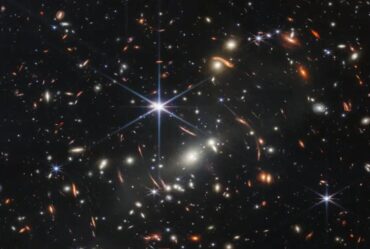Astrophysics Observation, Instrumentation, and Experiment
Astrophysics seeks to understand the nature and evolution of the universe and its constituents, using extreme objects as laboratories for examining the behavior of matter and fields beyond domains easily accessible to terrestrial laboratories. Faculty in astrophysics study the universe across many electromagnetic wavebands and using gravitational waves. Ongoing work focuses on cosmology, including studies of structure formation and the epoch of reionization, extragalactic and galactic astrophysics, the first stars, neutron stars and black holes, and exoplanets. Many of our faculty are active in developing new instruments and techniques pushing the frontiers of such studies.
Our research groups work with a large and growing set of instruments, both on the ground and in space. Currently the facilities we work with most closely include the Canadian Hydrogen Intensity Mapping Experiment (CHIME), the Chandra X-Ray Observatory, the Hydrogen Epoch of Reionization Array (HERA), the Laser Interferometer Gravitational-wave Observatory (LIGO), the Magellan Telescopes, the Neutron Star Composition Explorer (NICER), the South Pole Telescope (SPT), and the Transiting Exoplanet Survey Satellite (TESS).
Experimental Astrophysics at MIT is a division of the physics department, and operates within the MIT Kavli Institute (MKI). Please visit the MKI research pages for more information about astrophysics at MIT.
Affiliated Labs & Centers
- Bates Linear Accelerator Center
- Canadian Hydrogen Intensity Mapping Experiment (CHIME)
- CHANDRA X-ray Center
- Haystack Radio Observatory
- Hydrogen Epoch of Reionization Array (HERA)
- The Kavli Institute for Astrophysics & Space Research at MIT
- Laser Interferometer Gravitational-Wave Observatory (LIGO)
- Lincoln Laboratory
- Magellan Project at Las Campanas Observatory
- Massachusetts Green High Performance Computing Center (MGHPCC)
- Neutron Star Composition Explorer (NICER)
- South Pole Telescope (SPT)
- Transiting Exoplanet Survey Satellite (TESS)
- Voyager Plasma Science Experiment
- George R. Wallace Jr. Astrophysical Observatory

























